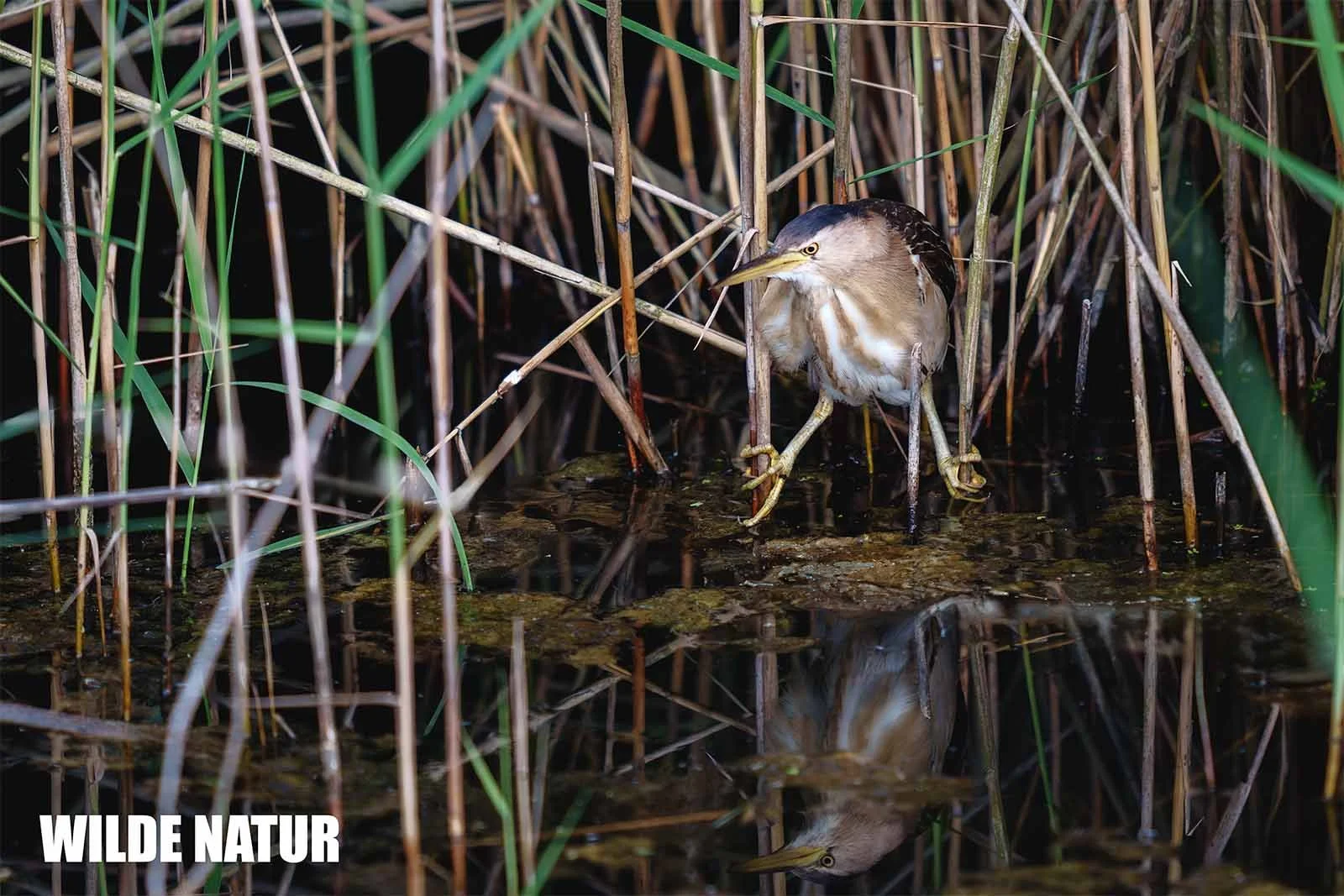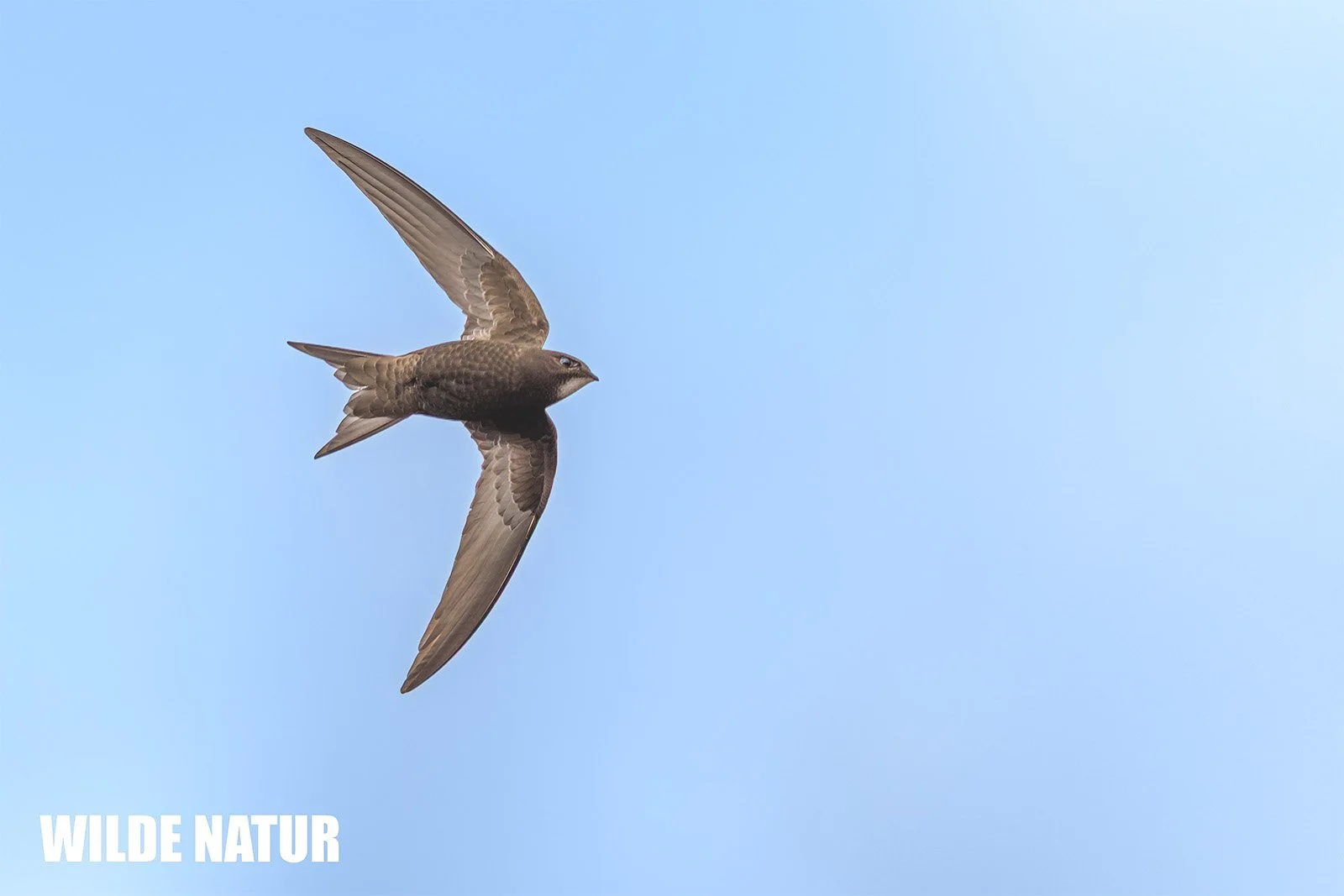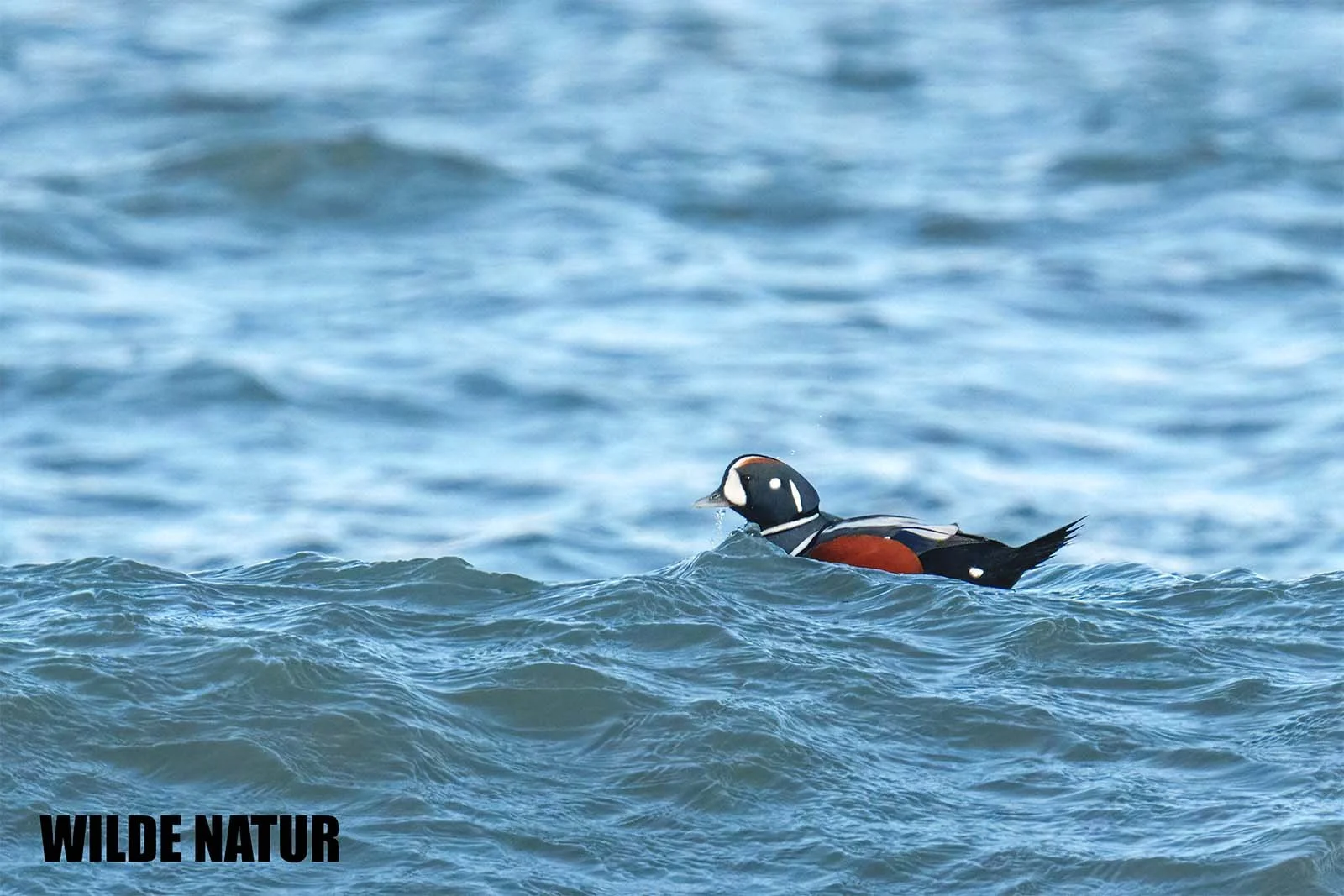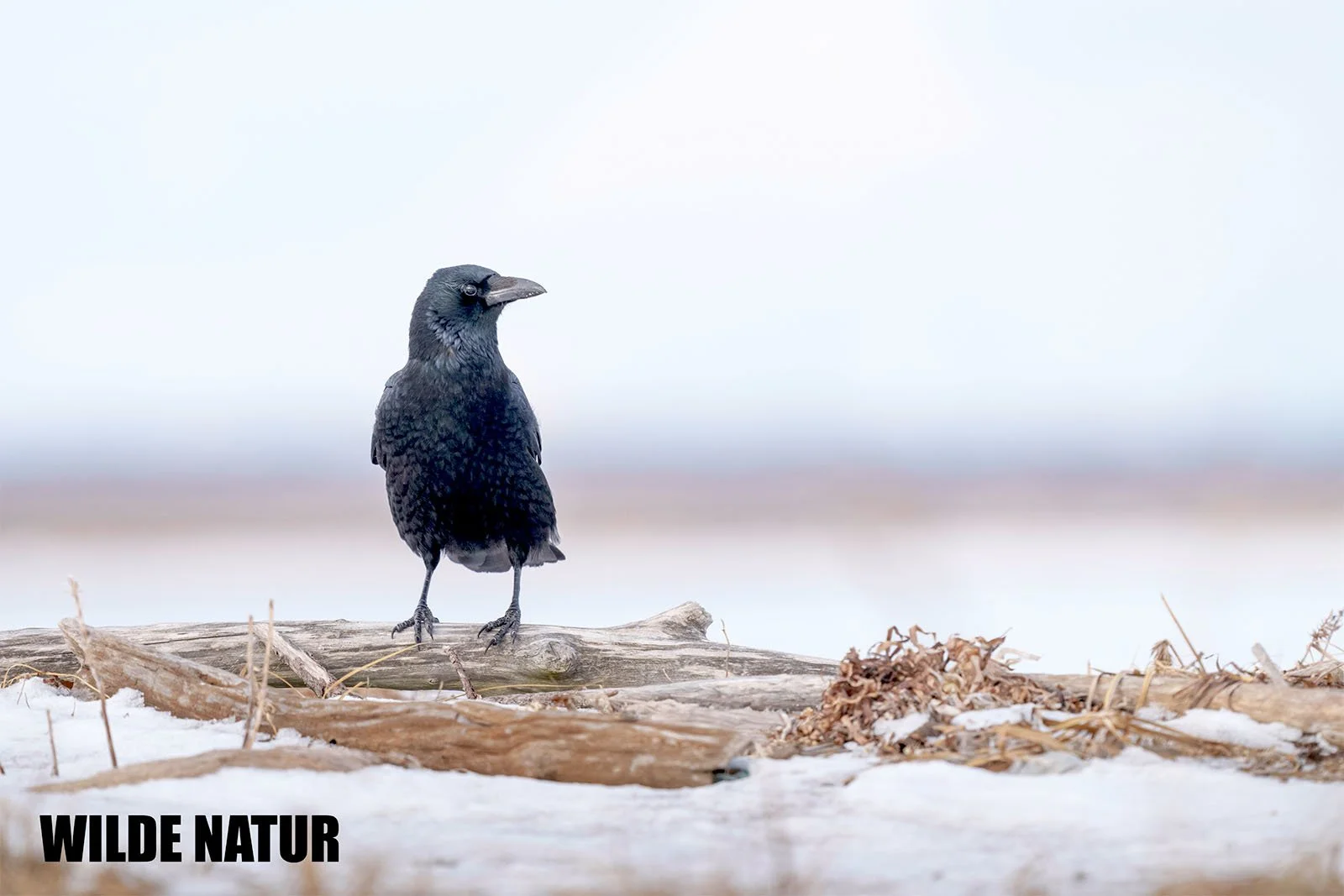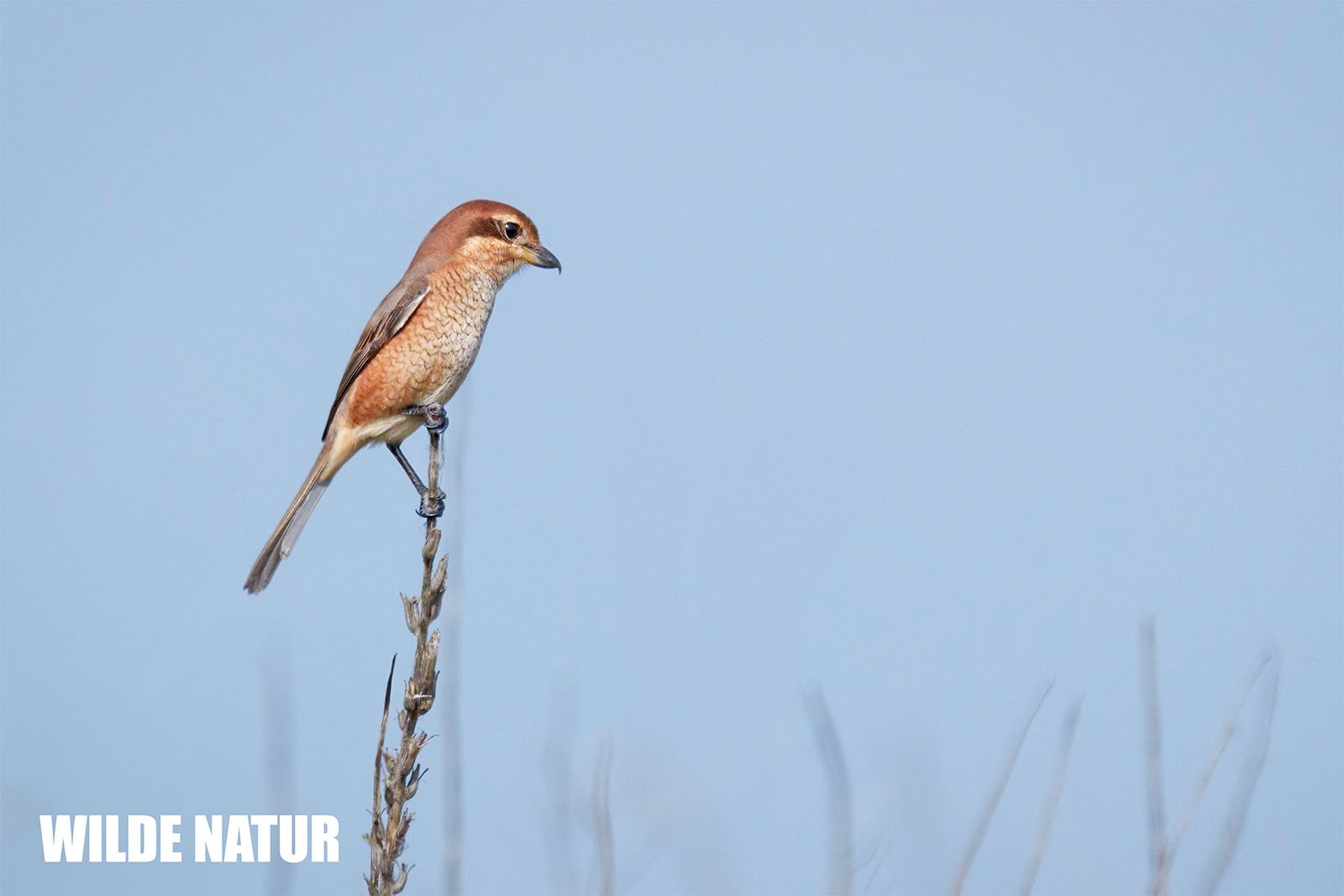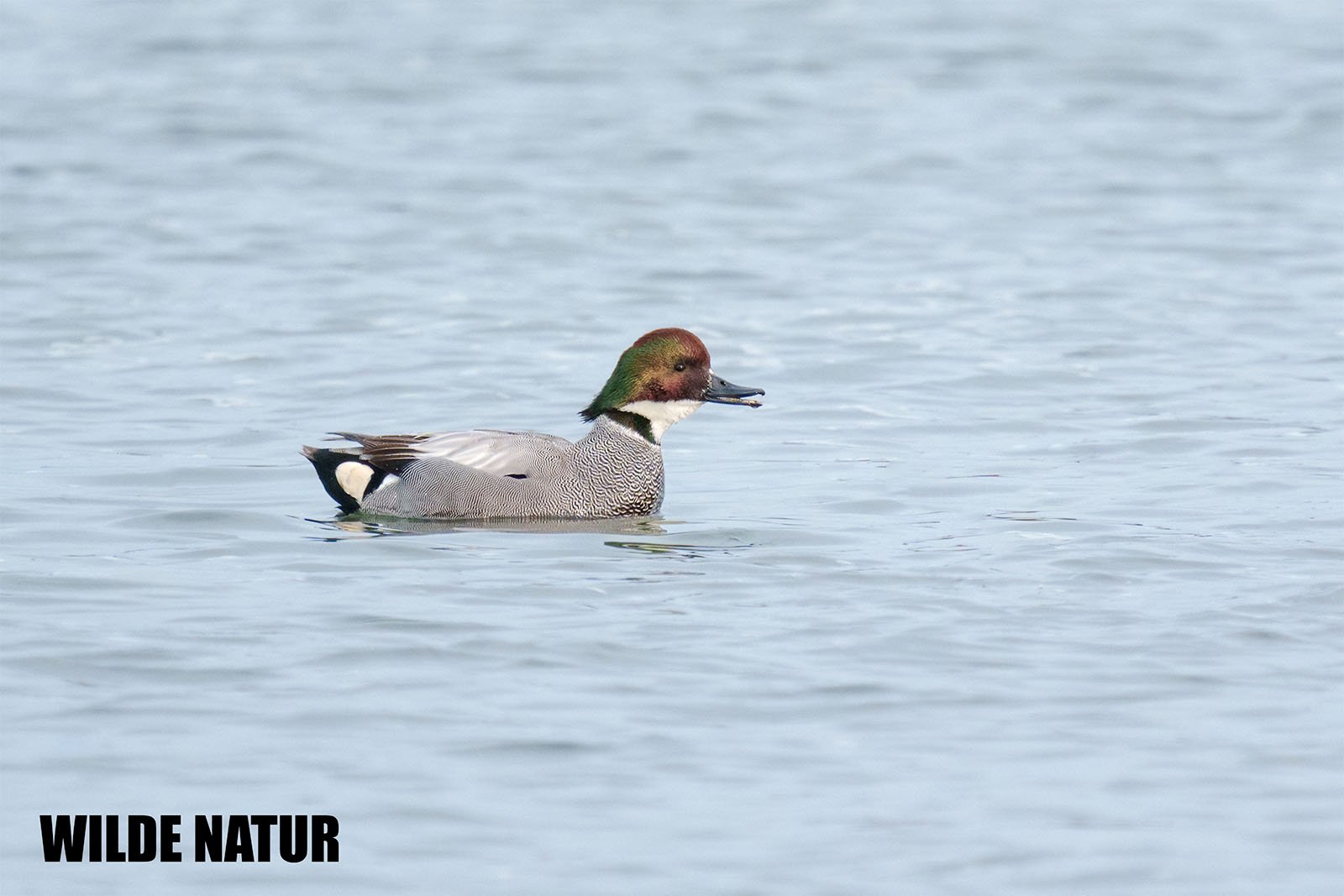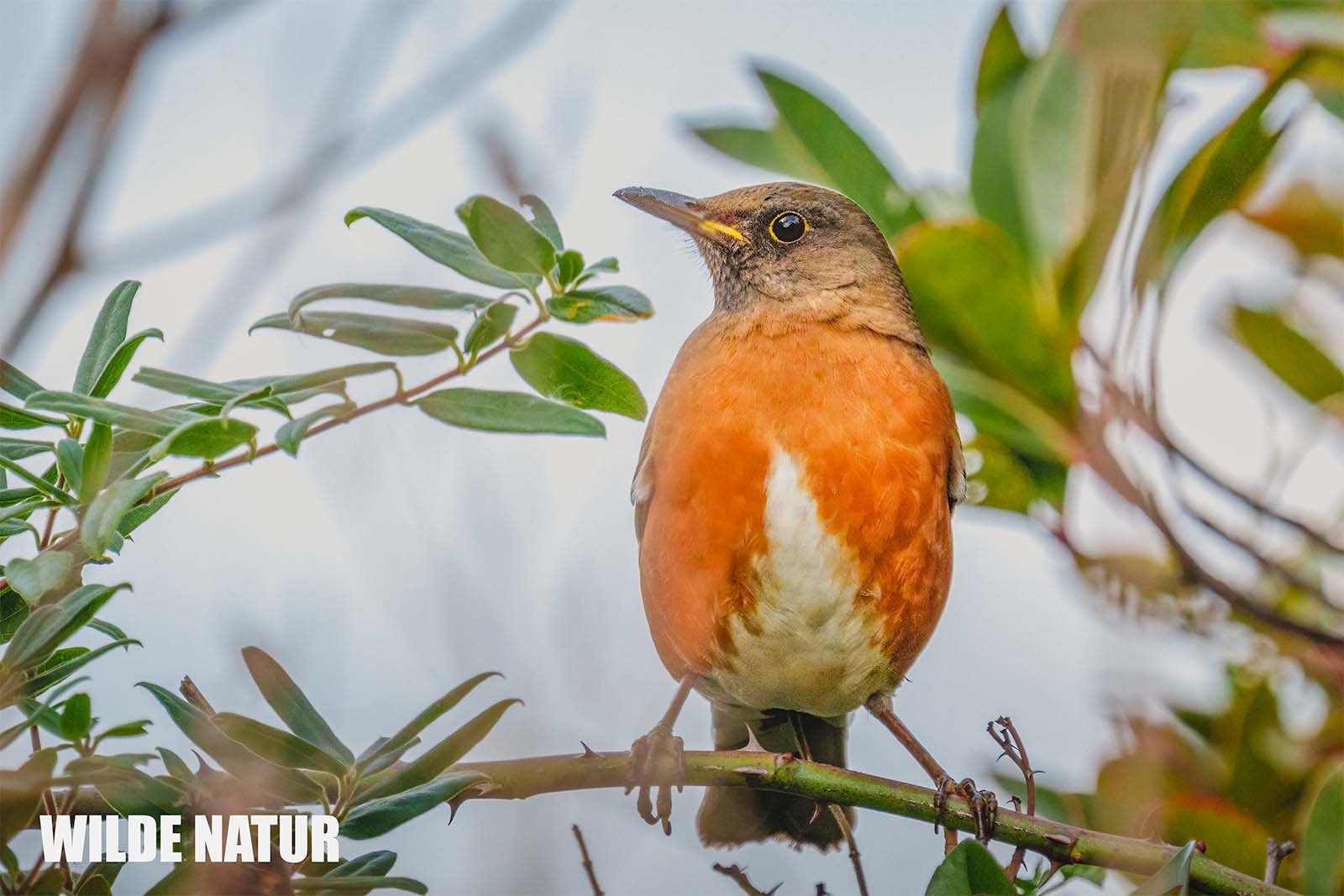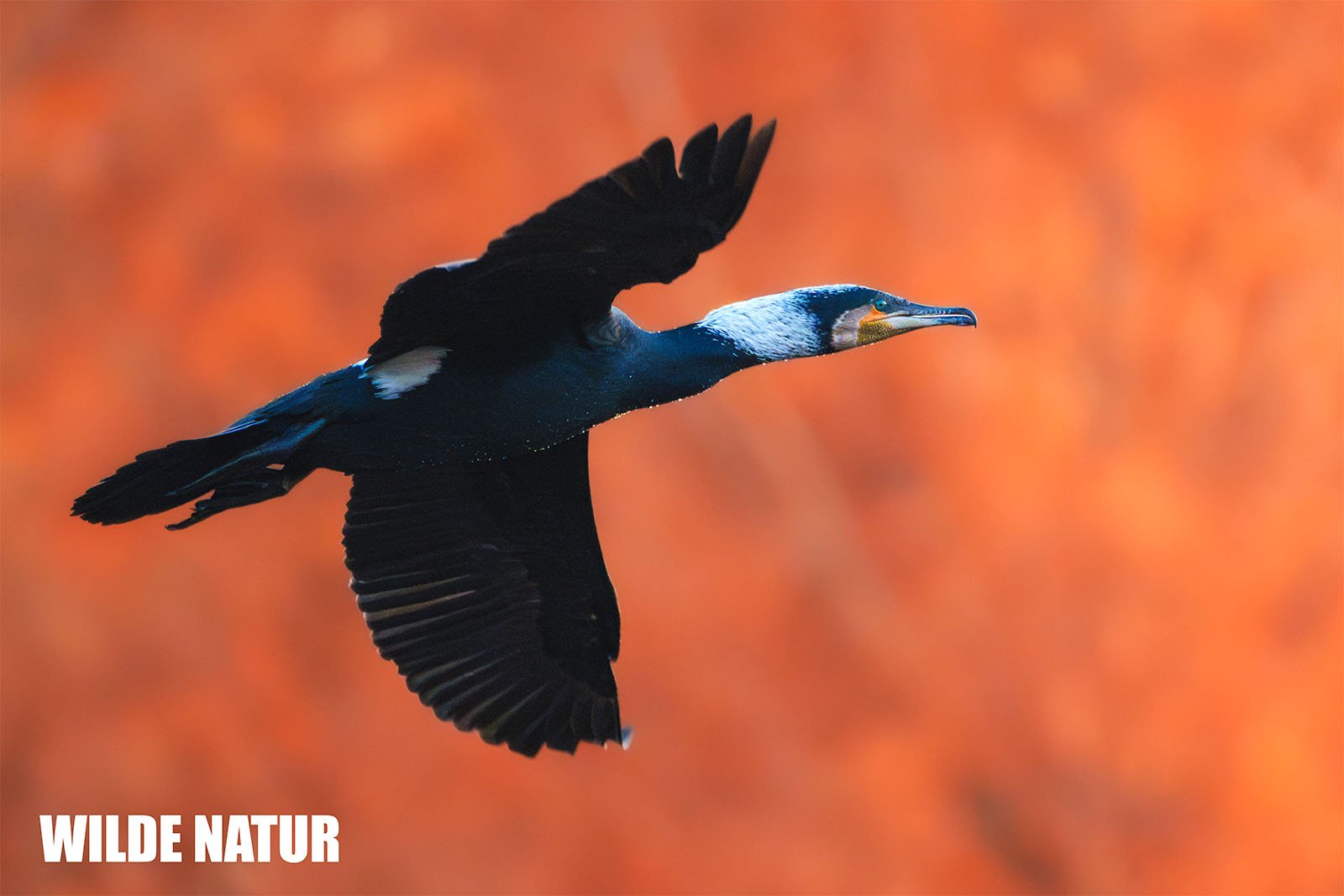Eurasian curlew (Numenius arquata)
Eurasian curlew (Numenius arquata) in shallow water with its long curved bill
Eurasian Curlew (Numenius arquata) – The Gentle Giant of Wetlands
The Eurasian Curlew is the largest wading bird in Europe, known for its slim and elegant appearance and its long, curved beak. It blends perfectly into wet meadows and moorlands, making it a master of camouflage. Not only is it fascinating to look at, but its melancholic, flute-like calls are also easily recognized over long distances.
Quick Facts:
- Size: 48–57 cm
- Features: Largest wading bird in Europe, with a long, curved beak
- Habitat: Wet meadows, moorlands, coastal areas; also nests in hay meadows
- Breeding: The male makes several nesting scrapes, and the female chooses one to line
- Diet: Earthworms, insect larvae, mussels, and snails
Table of Contents
- Introduction: The Eurasian Curlew – A Wading Bird of Impressive Size
- Features and Appearance: How to Recognize the Eurasian Curlew
- Habitat and Distribution: Where the Eurasian Curlew Lives
- Behavior and Diet: Searching in Soft Soil
- Breeding: Nesting and Raising Young
- FAQ: Common Questions About the Eurasian Curlew
- Shortlist – Key Features
1. Introduction: The Eurasian Curlew – A Wading Bird of Impressive Size
The Eurasian Curlew is a large wading bird found in open wetlands. Its most striking feature is its long, curved beak, which it uses to search for food in soft, muddy ground. It lives in wet meadows, moorlands, and coastal areas, where it builds its nests and finds food. The curlew is not only impressive because of its size but also because of its beautiful, flute-like calls that echo across its breeding grounds.
2. Features and Appearance: How to Recognize the Eurasian Curlew
The Eurasian Curlew is easy to recognize because of its size and unique appearance.
- Feathers: The bird’s back is brown and speckled, helping it blend into its natural surroundings. Its underside is lighter, often cream-colored, which creates a strong contrast when it flies.
- Beak: The long, curved beak is the most distinctive feature of the Eurasian Curlew. It is used to search deep in the soil for worms and other small creatures. Female curlews often have even longer beaks than the males.
- Eyes: Large, dark eyes give the curlew a watchful look. Their position on the head allows the bird to see far in open landscapes.
- Feet: The long, dark-gray legs are strong enough to carry the bird through marshy areas and shallow water.
The Eurasian Curlew's simple but well-camouflaged appearance helps it hide in its natural habitat.
3. Habitat and Distribution: Where the Eurasian Curlew Lives
The Eurasian Curlew prefers open, wet areas such as wet meadows, moorlands, and coastal regions. It often nests in undisturbed meadows and wetlands with soft soil, making it easy to find food. You can find the curlew in many parts of Europe, where wetlands provide the perfect environment for breeding and feeding.
4. Behavior and Diet: Searching in Soft Soil
The Eurasian Curlew is an expert at finding food by using its long beak to probe deep into the ground. It mostly eats earthworms, insect larvae, snails, and mussels. In coastal areas, the curlew uses its beak to dig for shellfish hidden in the sand. Its gentle flight and quiet landings make it a calm but effective hunter.
Its call, a flute-like "cur-lee," can often be heard during early mornings and throughout the breeding season. These calls travel far and are a signature sound in the curlew’s habitat.
5. Breeding: Nesting and Raising Young
During the breeding season, the male curlew prepares several scrapes, or shallow nests, in the ground. The female then chooses one and lines it with soft materials to protect the eggs. She usually lays three to four eggs, which are well camouflaged in the nest. Both parents share the duty of incubating the eggs and feeding the chicks, which grow quickly and are ready to leave the nest after a few weeks.
6. FAQ: Common Questions About the Eurasian Curlew
1. Where can I see the Eurasian Curlew?
The Eurasian Curlew lives in wet meadows, moorlands, and coastal areas. You can observe them especially well during spring and autumn in shallow waters and hay meadows.
2. When is the Eurasian Curlew most active?
The curlew is most active during the day, especially in the early morning and late evening. Its calls are often heard during the breeding season in the morning.
3. What does the Eurasian Curlew eat?
The curlew mainly eats earthworms, insect larvae, snails, and mussels. On the coast, it uses its long beak to dig for shellfish in the sand.
4. How can I tell the Eurasian Curlew apart from other wading birds?
Its long, curved beak and large size make the curlew easy to identify. Its distinct calls also help differentiate it from other wading birds.
5. How does the Eurasian Curlew protect its eggs?
The curlew’s eggs are well camouflaged in shallow ground nests. Both parents take turns incubating the eggs and protecting them from predators.
7. Shortlist – Key Features
- Size: 48–57 cm
- Feathers: Brown speckled with a lighter underside
- Beak: Long, curved, dark-gray to black
- Eyes: Large, dark
- Feet: Long, dark-gray
- Habitat: Wet meadows, moorlands, coastal areas
- Diet: Earthworms, insect larvae, mussels, snails
The Eurasian Curlew is a majestic bird that stands out due to its size and graceful flight. Whether in moorlands, wet meadows, or along the coast, it is a fascinating bird to observe, known for its unique appearance and beautiful calls.



